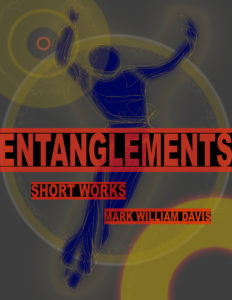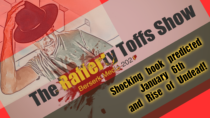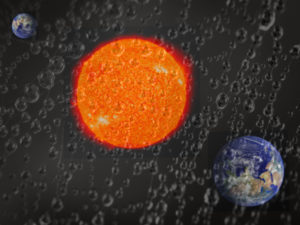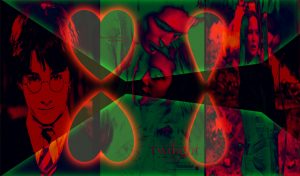I’ve been wandering in cities, unlocking the secrets of metros, funiculars, tipping expectations, museums, and ride-sharing services in languages that, despite several years of study, I know will never reveal the finer brocades and stitches of cultural subtleties reserved for the natives. The gestalt that lingers over Portugal and now Barcelona (Malta soon enough) is of palimpsests in crush and stone, accumulated over the centuries in a barely-controlled layering. There is an incompleteness to the spaces where boarded facades in gothic quarter alleyways carry neat signs promising renovations beside “Free Palestine” graffiti arcing imperfectly above the work of an artist with a careful touch. Banksy has imitators and challengers. I blended into a crowd this morning surrounding and cheering a socialist politician demanding support for “pensionistes” due to some meticulous failure of the current regime.
Maybe.
There is all this that I can’t know with any precision. Foggy barriers of time, space, language, culture, and even pulsing jet lag keep me from having the instant recognitions of motives and the occasional capacity to irony and winking humor that I drift along with in American culture.
I travel very light these days (“Eu sou minimalista” as I constructed and then confirmed via Google Translate) with just a 16 liter sling bag. Three shirts, three underwear, three pair socks, one pair pants…Everything in merino wool except the pants, which are in capable technical materials. I have a charger bag and a small toiletries kit. I have my phone and an iPad Pro with keyboard. I do laundry in my bathroom sink every other day or so, rolling clothes in my bath towel and then hanging to dry overnight.
And on those devices I just finished Ian McEwan’s newest novel, What We Can Know, read on planes and trains, at cafe tables, and in the crepuscular uncertainty before I am forced into the night for dinner.… Read the rest








